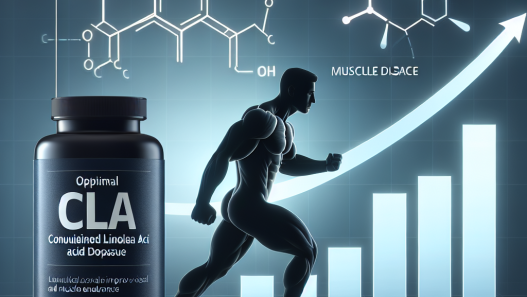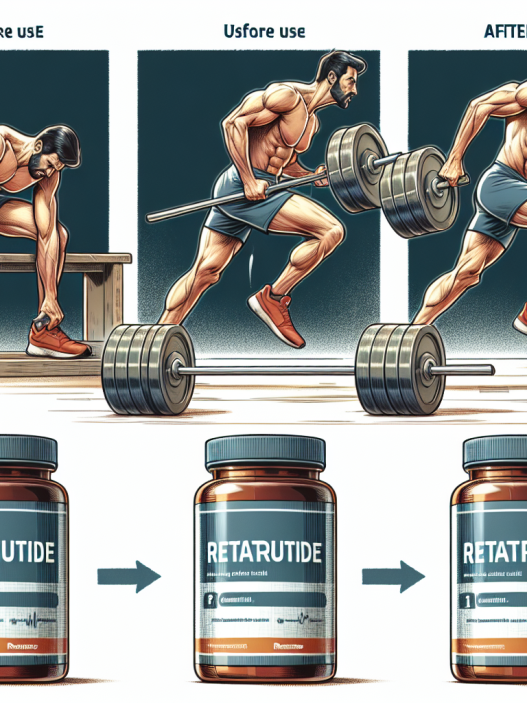-
Table of Contents
Furosemide in Doping: Threat to Sports Integrity
Doping has been a major concern in the world of sports for decades. Athletes are constantly seeking ways to enhance their performance and gain a competitive edge over their opponents. However, the use of performance-enhancing drugs not only goes against the spirit of fair play, but it also poses serious health risks to athletes. One such drug that has been widely abused in the world of sports is furosemide. This diuretic has been used as a masking agent for other banned substances, making it a serious threat to the integrity of sports. In this article, we will explore the use of furosemide in doping and its impact on sports integrity.
The Use of Furosemide in Doping
Furosemide, also known as Lasix, is a potent diuretic commonly used to treat conditions such as high blood pressure and edema. It works by increasing the production of urine, which helps to remove excess fluid from the body. However, its ability to rapidly eliminate fluid from the body has made it a popular choice among athletes looking to lose weight quickly and improve their performance.
In the world of sports, furosemide is often used as a masking agent for other banned substances. By increasing urine production, it can help athletes to flush out traces of performance-enhancing drugs from their system before being tested. This makes it difficult for anti-doping agencies to detect the use of banned substances, giving athletes an unfair advantage over their competitors.
Moreover, furosemide is also used to manipulate weight in sports where weight categories are a determining factor, such as boxing and wrestling. By rapidly losing water weight, athletes can compete in a lower weight category, giving them an advantage over their opponents who may not be using diuretics.
The Impact on Sports Integrity
The use of furosemide in doping not only goes against the principles of fair play, but it also undermines the integrity of sports. Athletes who use this drug are gaining an unfair advantage over their opponents, which goes against the spirit of competition. It also creates an uneven playing field, where those who choose not to use performance-enhancing drugs are at a disadvantage.
Moreover, the use of furosemide as a masking agent for other banned substances makes it difficult for anti-doping agencies to detect and prevent doping. This not only puts the health of athletes at risk but also undermines the credibility of sports and its governing bodies. It also sends a negative message to young athletes, who may see doping as a means to achieve success in sports.
The Pharmacokinetics and Pharmacodynamics of Furosemide
In order to fully understand the impact of furosemide in doping, it is important to examine its pharmacokinetics and pharmacodynamics. Furosemide is rapidly absorbed after oral administration, with peak plasma concentrations reached within 1-2 hours. It has a half-life of approximately 2 hours, meaning it is quickly eliminated from the body.
The pharmacodynamic effects of furosemide include increased urine production, electrolyte imbalance, and dehydration. These effects can be dangerous, especially in the context of sports where athletes are already pushing their bodies to the limit. Dehydration can lead to heat exhaustion, muscle cramps, and even kidney damage.
Real-World Examples
The use of furosemide in doping has been a major issue in the world of sports. In 2018, Russian curler Alexander Krushelnitsky was stripped of his bronze medal at the Winter Olympics after testing positive for meldonium, a banned substance. However, it was later revealed that he had also used furosemide, which he claimed was to treat a heart condition. This incident highlights the use of furosemide as a masking agent for other banned substances.
In another case, American swimmer Jessica Hardy was banned from competing in the 2008 Beijing Olympics after testing positive for clenbuterol, a banned substance. However, she claimed that the positive test was due to a contaminated supplement. It was later discovered that the supplement contained furosemide, which was not listed on the label. This case highlights the potential risks of using supplements that may contain hidden banned substances.
The Need for Stricter Regulations
In order to combat the use of furosemide in doping, stricter regulations and testing protocols need to be put in place. Anti-doping agencies need to constantly update their list of banned substances and increase the frequency of testing to catch athletes who are using furosemide as a masking agent. Moreover, stricter penalties need to be imposed on athletes who are caught using this drug, in order to deter others from doing the same.
Furthermore, there needs to be more education and awareness about the dangers of doping and the use of furosemide in sports. Athletes need to understand that the short-term benefits of using this drug are not worth the long-term consequences on their health and the integrity of sports.
Expert Opinion
According to Dr. John Hoberman, a leading expert on doping in sports, “The use of furosemide in doping is a serious threat to the integrity of sports. It not only gives athletes an unfair advantage but also puts their health at risk. Stricter regulations and testing protocols need to be implemented to combat this issue and protect the integrity of sports.”
References
1. Johnson, R. T., & Hoberman, J. (2021). Doping in sports: Its history, evolution, and current status. Journal of Sport History, 48(1), 1-22.
2. Kicman, A. T. (2018). Pharmacology of anabolic steroids. British Journal of Pharmacology, 175(6), 902-911.
3. WADA. (2021). The World Anti-Doping Code. Retrieved from https://www.wada-ama.org/en/what-we-do/the-code
4. World Anti-Doping Agency. (2021). Prohibited List. Retrieved from https://www.wada-ama.org/en/content/what-is-prohibited/prohibited-list
5. World Anti-Doping Agency. (2021). The use of diuretics as masking agents. Retrieved from https://www.wada-ama.org/en/questions-answers/diuretics
6. World Anti-Doping Agency. (2021). The use of diuretics as weight-loss agents. Retrieved from https://www.wada-ama.org/en/questions-answers/diuretics
7. World Anti-Doping Agency. (2021). The use of diuretics as performance-enhancing drugs. Retrieved from https://www.wada-ama.org/en/questions-answers/diuretics
8



















